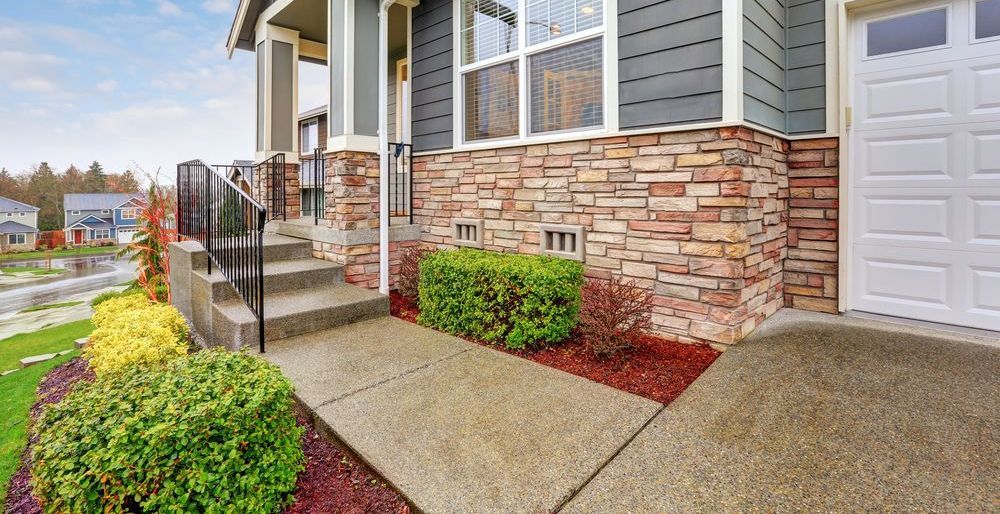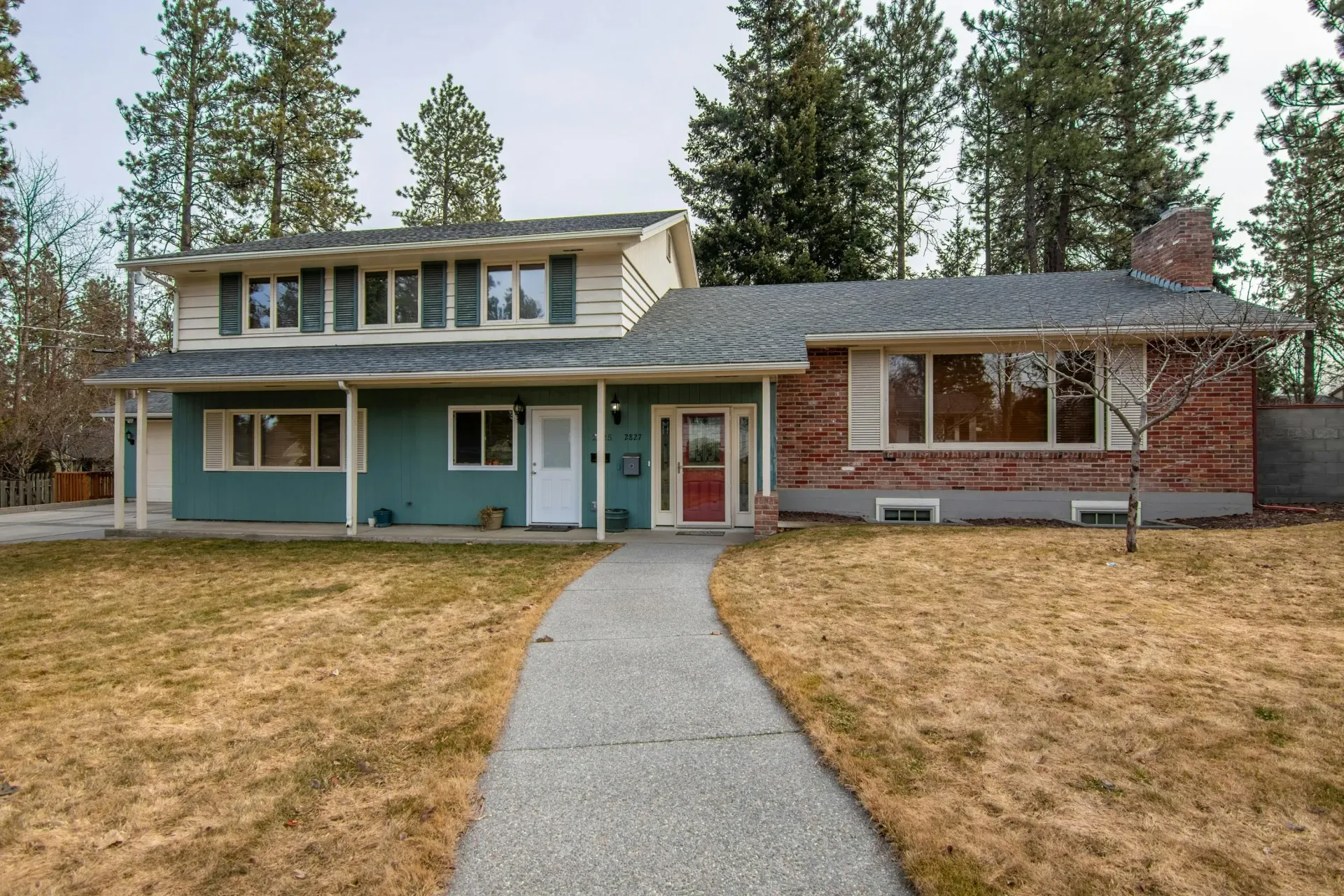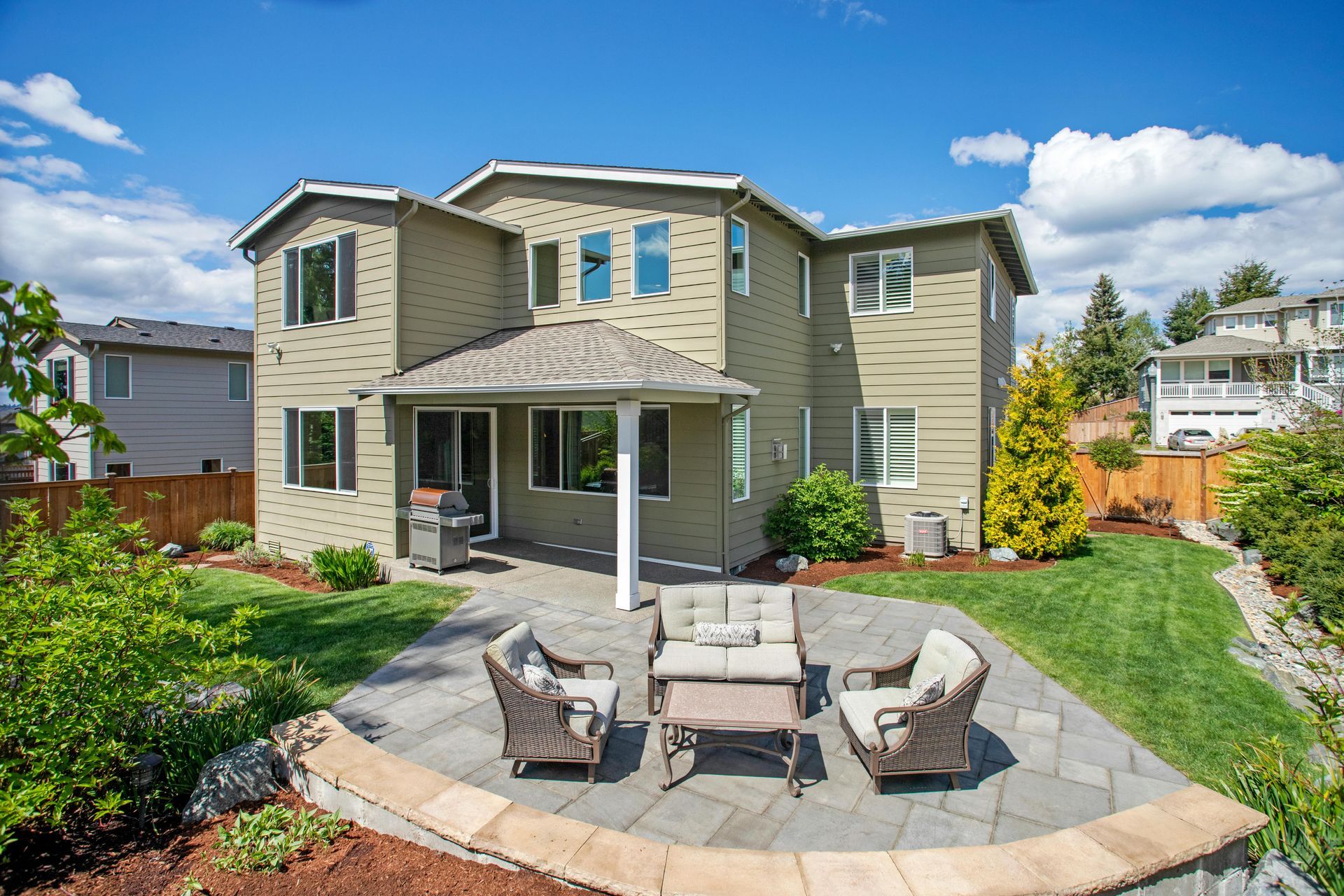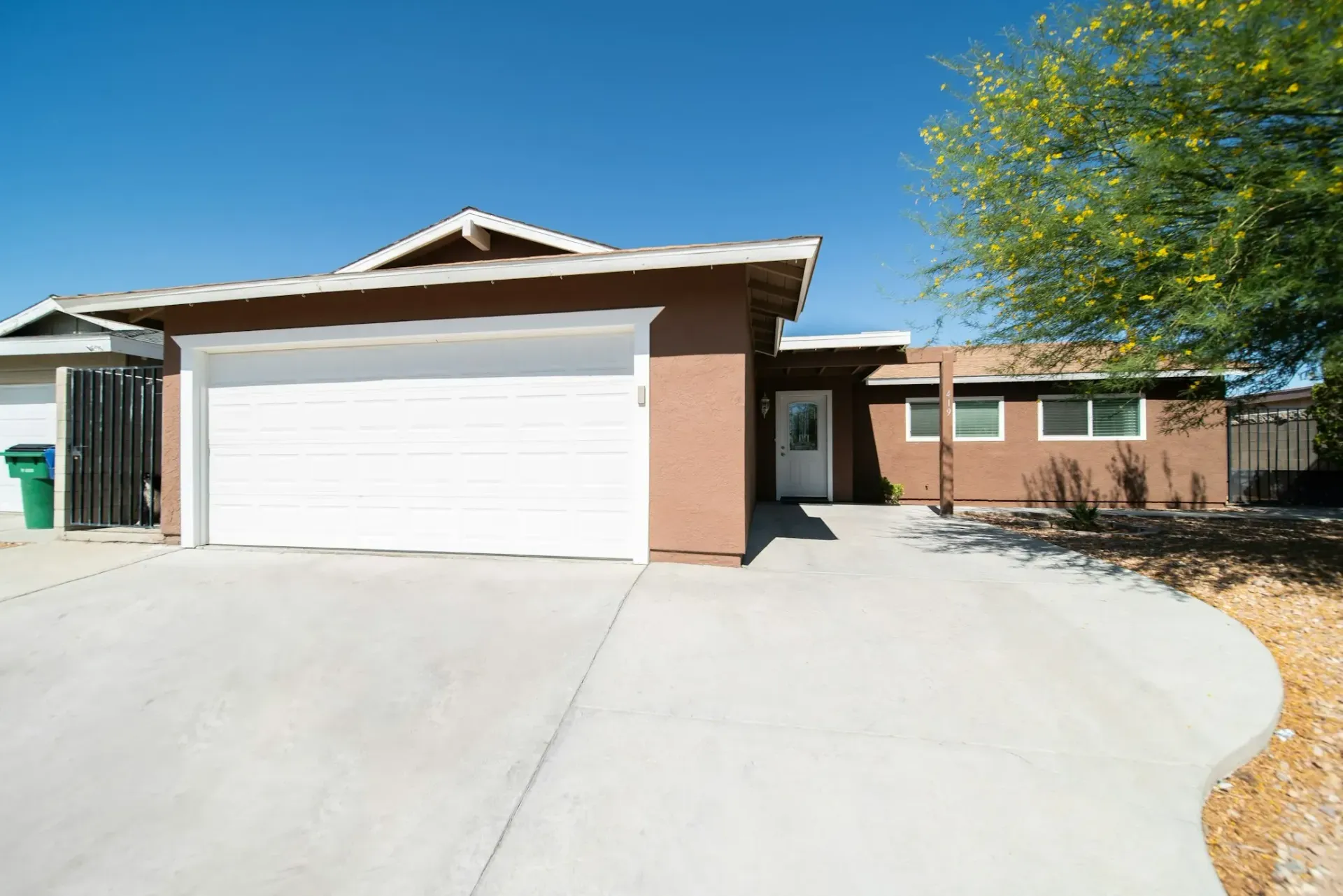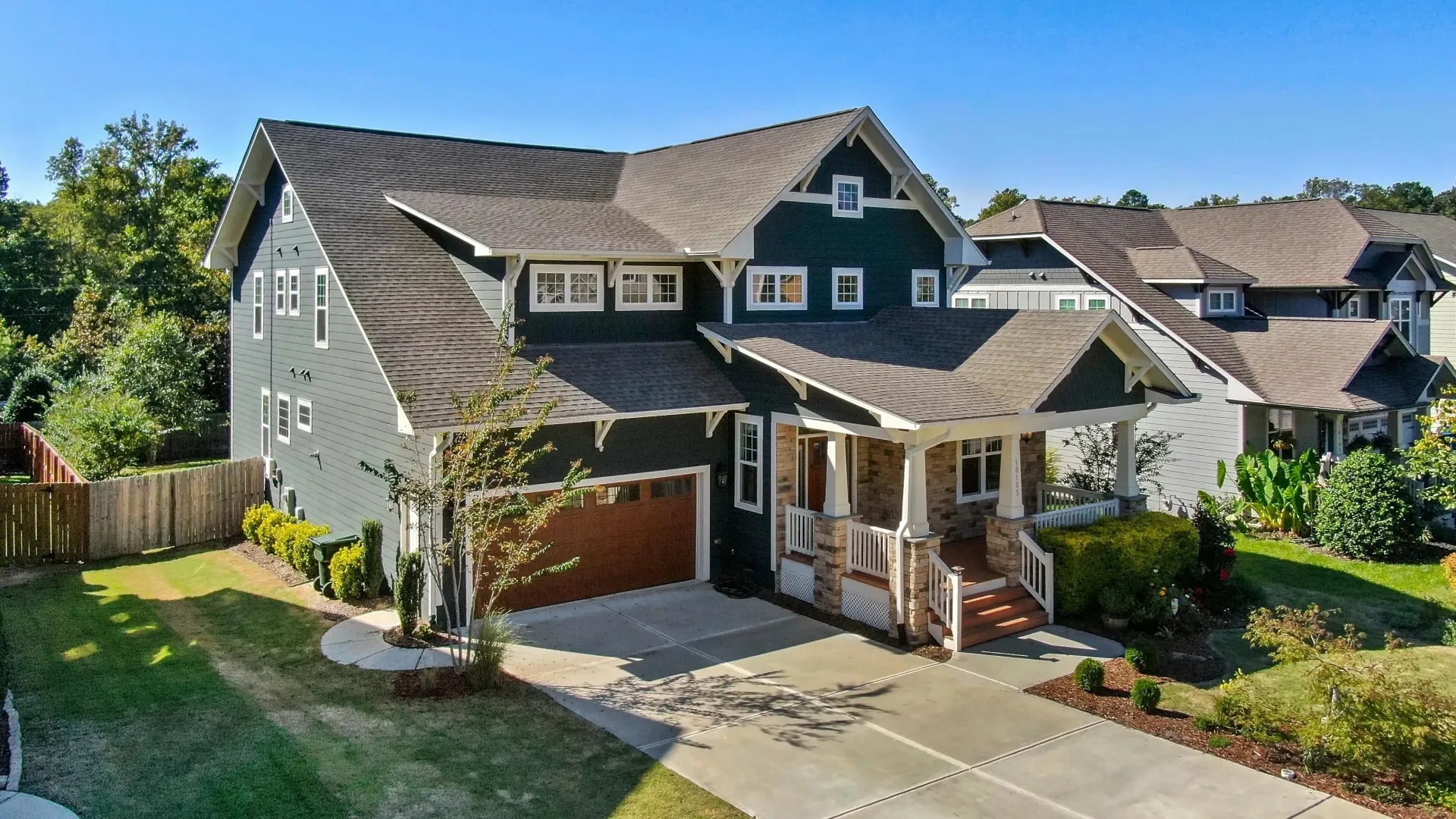How Nebraska’s Weather Damages Concrete & How to Prevent It
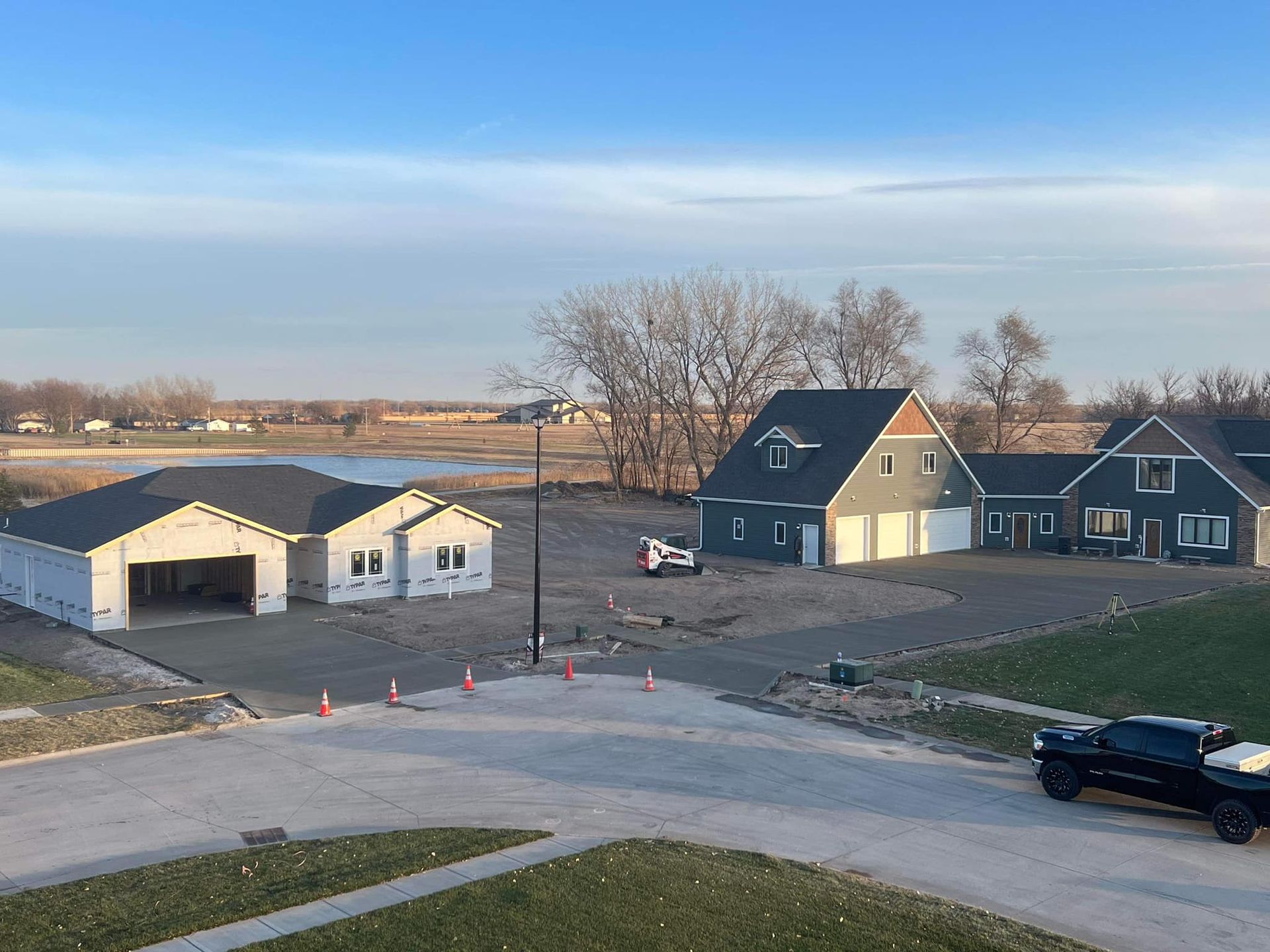
Protect Your Concrete from Nebraska’s Harsh Weather
Nebraska’s weather is tough on concrete. Freezing winters, scorching summers, and unpredictable moisture can cause cracks, buckling, and surface deterioration. If you don’t take the right precautions, your driveway, patio, or sidewalk can wear out faster than expected—leading to costly repairs or replacements.
The good news? You can protect your concrete from Nebraska’s extreme climate. By understanding how weather affects concrete and taking the right preventative steps, you can extend its lifespan and keep it looking great year-round.
How Nebraska’s Weather Wears Down Concrete
Grand Island’s climate brings hot summers, freezing winters, and plenty of moisture. While concrete is built to last, these extreme conditions take a toll, leading to cracks, erosion, and structural issues.
Freeze-Thaw Cycles: The Biggest Threat to Concrete in Winter
When temperatures drop below freezing, water trapped in concrete expands, creating internal pressure. As this cycle repeats, small cracks form and grow, eventually leading to chipping, flaking, and even major structural damage.
Common signs of freeze-thaw damage:
- Small cracks spreading over time
- Chipping or surface peeling (known as scaling)
- Uneven concrete due to shifting beneath the surface
Extreme Summer Heat Causes Expansion and Cracks
Nebraska’s summers bring intense heat, and concrete expands as it absorbs warmth. Without proper expansion joints, this can cause:
- Stress fractures from pressure buildup
- Buckling or warping in large slabs
- Premature drying, leading to surface cracks
Lighter-colored concrete and proper sealing can help reflect heat and reduce damage.
Moisture Weakens Concrete Over Time
Whether from rain, snow, or humidity, excess moisture seeps into concrete, weakening its structure. Over time, this leads to:
- Erosion, which washes away the base layer
- Waterlogged concrete, making it more prone to freeze-thaw damage
- Spalling (flaking or crumbling) due to trapped moisture expanding in winter
Without the right drainage and sealing solutions, moisture damage can shorten your concrete’s lifespan.
How to Protect Concrete from Nebraska’s Freeze-Thaw Cycles
Winter in Grand Island can be brutal on concrete, but you can take steps to minimize damage and extend its lifespan. Here’s how:
Use Air-Entrained Concrete for Better Freeze Resistance
Air-entrained concrete contains tiny air pockets that allow water to expand and contract without cracking the surface. This type of concrete is especially useful for driveways, sidewalks, and patios exposed to Nebraska’s harsh winters.
Apply a High-Quality Concrete Sealer Before Winter
Sealing concrete creates a protective barrier that keeps water from soaking in and freezing inside. To get the best protection:
- Use a breathable, water-repellent sealer that allows moisture to escape while blocking new water from getting in.
- Apply the sealer in the fall before freezing temperatures arrive.
- Reapply every 2–3 years to maintain long-term protection.
Avoid Rock Salt – Use Alternative Deicers Instead
Rock salt (sodium chloride) may melt ice, but it also weakens concrete and speeds up freeze-thaw damage. Instead, use safer alternatives like:
- Calcium chloride – melts ice at lower temperatures without harming concrete.
- Sand – provides traction without causing chemical damage.
- Magnesium chloride – safer for concrete and the environment.
Fix Small Cracks Before Winter Hits
Even minor cracks allow water to seep in, freeze, and expand, making the damage worse. Before winter, inspect your concrete for:
- Hairline cracks and seal them with a flexible concrete caulk.
- Larger cracks that may need professional repair to prevent spreading.
Preventative maintenance now can save you from costly repairs later.
How to Prevent Heat-Related Concrete Damage in Nebraska Summers
Nebraska’s summers bring scorching temperatures that can stress and weaken concrete. Without proper protection, extreme heat can lead to cracking, warping, and premature wear. Here’s how to prevent damage and keep your concrete strong during the hottest months.
Install Expansion Joints to Allow for Movement
Concrete expands in high heat and contracts when it cools down. Without space to move, pressure builds up, causing cracks, buckling, or lifted edges.
To prevent this:
- Ensure proper expansion joints are placed during installation.
- Check existing joints and keep them clean and free from debris.
- Use flexible joint fillers to absorb movement and prevent cracking.
Prevent Rapid Drying During Installation
If concrete dries too fast in extreme heat, it loses moisture before it fully cures, making it brittle and more prone to cracks. To avoid this:
- Pour concrete in the early morning or late evening to avoid peak heat.
- Use curing blankets or misting to slow down evaporation.
- Apply a curing compound to retain moisture and strengthen the concrete.
Use Light-Colored or Reflective Concrete Finishes
Dark concrete absorbs more heat, which increases surface temperatures and accelerates wear. Lighter colors or special coatings can:
- Reduce heat absorption and expansion
- Keep outdoor surfaces cooler and more comfortable
- Extend the lifespan of driveways, patios, and sidewalks
Seal Concrete to Protect Against UV Damage
The sun’s UV rays break down the surface of concrete over time, making it more vulnerable to cracking and discoloration. A UV-resistant sealer helps by:
- Blocking sun damage and reducing fading.
- Preventing water loss that leads to surface shrinkage.
- Enhancing the overall durability of your concrete.
By taking these steps, you can protect your concrete from Nebraska’s extreme summer heat and avoid costly repairs.
How to Protect Concrete from Moisture Damage
Moisture is one of concrete’s biggest enemies. Whether from rain, snow, or high humidity, excess water weakens concrete and leads to cracking, erosion, and surface flaking. Here’s how to prevent moisture-related damage and keep your concrete strong for years to come.
Ensure Proper Drainage Around Concrete Surfaces
Standing water is a major cause of concrete deterioration. If water pools on your driveway, patio, or sidewalk, it seeps into the surface and weakens the material. Prevent this by:
- Sloping concrete properly so water drains away from the structure.
- Installing a French drain or channel drain to redirect excess water.
- Keeping gutters and downspouts clear so water doesn’t collect near concrete areas.
Apply a Water-Repellent Sealer
A high-quality concrete sealer blocks water from soaking into the surface while still allowing moisture to escape. To get the best protection:
- Use a penetrating silane or siloxane sealer designed for exterior concrete.
- Apply it every 2–3 years to maintain water resistance.
- Seal before winter to prevent freeze-thaw damage from trapped moisture.
Repair Small Cracks Before They Worsen
Cracks in concrete allow water to seep in, making the problem worse over time. If left unchecked, moisture can:
- Cause internal expansion during freezing temperatures
- Lead to spalling (flaking or chipping)
- Encourage mold and mildew growth in damp conditions
To prevent further damage, fill cracks with a concrete patching compound or flexible sealant as soon as they appear.
Prevent De-Icing Chemicals from Accelerating Moisture Damage
Many de-icing products contain chemicals that break down concrete and increase water absorption. To minimize damage in winter:
- Avoid using rock salt (sodium chloride).
- Opt for safer alternatives like calcium chloride or magnesium chloride.
- Use sand for traction instead of chemical deicers.
Moisture damage doesn’t happen overnight, but over time, it can significantly weaken concrete. Taking proactive steps now can help prevent costly repairs down the road.
Best Practices for Long-Lasting Concrete in Grand Island, NE
Concrete can withstand Nebraska’s tough climate if you take the right precautions. Regular maintenance and smart installation choices can extend its lifespan and prevent expensive repairs.
Choose a Durable, Weather-Resistant Concrete Mix
Not all concrete is created equal. In Grand Island, NE, where freeze-thaw cycles and extreme heat are common, using the right mix is critical.
- Air-entrained concrete helps prevent freeze-thaw cracking.
- Low water-to-cement ratios make concrete stronger and less porous.
- Fibers or additives increase durability and reduce surface wear.
If you’re installing new concrete, work with a contractor who understands Nebraska’s climate and uses high-quality materials.
Schedule Regular Maintenance and Inspections
Concrete lasts longer with routine care. Homeowners and business owners should:
- Inspect for small cracks and seal them before they spread.
- Reapply sealant every few years to protect against moisture and UV damage.
- Keep concrete clean by removing debris, oil stains, and standing water.
Hire a Professional for Repairs and Resurfacing
If your concrete is cracking, spalling, or uneven, it may be time for professional repairs. Resurfacing or patching damaged areas can restore your driveway, patio, or sidewalk without the cost of a full replacement.
Protect Your Concrete with Expert Solutions in Grand Island, NE
Nebraska’s harsh weather doesn’t have to ruin your concrete. By taking the right precautions—like sealing, installing proper drainage, and choosing weather-resistant materials—you can extend the life of your driveway, patio, sidewalk, or retaining wall. Regular maintenance and timely repairs can save you from costly replacements down the road.
If you need high-quality, weather-resistant concrete services in Grand Island, NE, trust Maine Street Concrete. Whether it’s a concrete driveway, walkway, patio, sidewalk, retaining wall, or decorative concrete, we deliver durable solutions built to withstand Nebraska’s toughest conditions. From residential projects to large-scale commercial concrete work, our expert team ensures precision, quality, and long-lasting results. Contact Maine Street Concrete today to get a free quote and protect your concrete from the elements!



